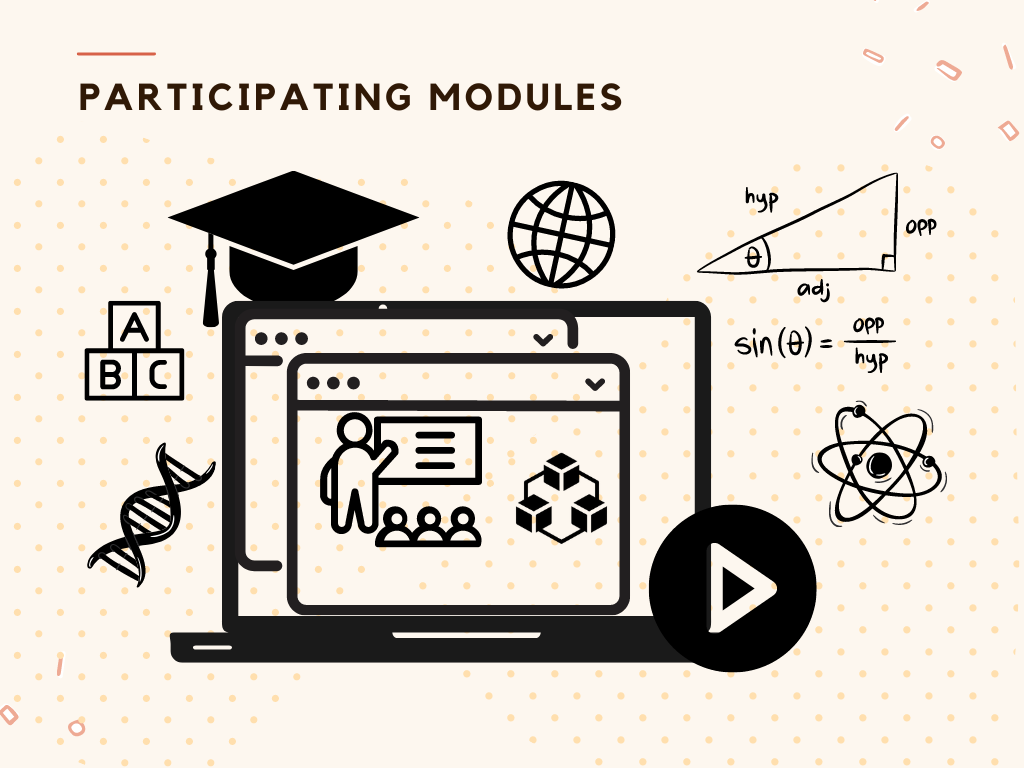Home / About STRIPES
ABOUT STRIPES
STRucturing Interdisciplinary Projects for Engineering Students, is a Comenius-granted project that aims to support teacher teams in redesigning and improving their interdisciplinary education in a structured and evidence-informed way.
Approach
The main purpose of the project was to use a STRuctured approach for a team-based (re)design of Interdisciplinary Projects for Engineering Students (STRIPES). Volunteer teachers were solicited to participate in the study with the ultimate goals being better alignment of interdisciplinary objectives, activities and assessment and informed advice offered by an educationalist.
Whereas many academics design courses with content in mind, as a starting point (Bennett, Agostinho & Lockyer, 2016), we suggest that sharing a vision on what it is that students need to achieve, comes first. Therefore the STRIPES approach consisted of the following steps partially based upon the ADDIE model and elements detailed in the paragraphs below.

The Steps of STRIPES
The Exploration of the specific interdisciplinary (ID) aspects and goals at stake. These are often not well defined and many instantiations of interdisciplinarity exist (Aagten & Slotman, 2018). Each team specified the relevant ID concepts and procedures for their own module. Mathematics, physics and different engineering disciplines can usually be brought together easily, but examples where crossing borders with social sciences were also included.


Data gathering covered all necessary preparations to feed the intervention. Data from previous cohorts were collected to determine to what extent ID goals were achieved and if not, why. The team collected relevant literature and best practices on how to achieve the goals specified in the first step. Best practices were collected from 4TU partners and universities such as Aalborg, Aalto, Chalmers, OLIN, MIT, EPFL and UCL. Interdisciplinary research and business examples can also supply best practices relevant for educational purposes (Repko, 2008).
Then each team developed the intervention and started redesigning their module. While doing so, special attention was be paid to ways of scaffolding students learning activities (Boix Mansilla et al, 2010; Stentoft, 2017; Pareja Roblin, Schunn & mcKenney, 2018) and to options for integrated assessment that align with the goals specified (Biggs, 2003). Learning activities were designed and alternative routes were discussed within each module design team.


During implementation, the ID goals were supported and learning activities were monitored. Monitoring took place on how well the constructive alignment took place. Each module team collected observations and met during the implementation phase and discusses student progress.
The evaluation phase will be on-going, so not necessarily linear. Multiple evaluation moments will occur on the implementation of the interventions level; the development of the toolbox; as well as the formal fulfillment of the Comenius proposal goals through the NRO in early 2023.

The Steps of STRIPES

The Exploration of the specific interdisciplinary (ID) aspects and goals at stake. These are often not well defined and many instantiations of interdisciplinarity exist (Kuiphuis & Slotman, 2018). Each team specified the relevant ID concepts and procedures for their own module. Mathematics, physics and different engineering disciplines can usually be brought together easily, but examples where crossing borders with social sciences were also included.

Data gathering covered all necessary preparations to feed the intervention. Data from previous cohorts were collected to determine to what extent ID goals were achieved and if not, why. The team collected relevant literature and best practices on how to achieve the goals specified in the first step. Best practices were collected from 4TU partners and universities such as Aalborg, Aalto, Chalmers, OLIN, MIT, EPFL and UCL. Interdisciplinary research and business examples can also supply best practices relevant for educational purposes (Repko, 2008).

Then each team developed the intervention and started redesigning their module. While doing so, special attention was be paid to ways of scaffolding students learning activities (Boix Mansilla et al, 2010; Stentoft, 2017; Pareja Roblin, Schunn & mcKenney, 2018) and to options for integrated assessment that align with the goals specified (Biggs, 2003). Learning activities were designed and alternative routes were discussed within each module design team.

During Implementation, the ID goals were supported and learning activities were monitored. Monitoring took place on how well the constructive alignment took place. Each module team collected observations and met during the implementation phase and discusses student progress.

During Implementation, the ID goals were supported and learning activities were monitored. Monitoring took place on how well the constructive alignment took place. Each module team collected observations and met during the implementation phase and discusses student progress.
More Information

Proposal Description
The original proposal and the inception of the STRIPES project

Goals
What did we set
out to achieve?

Goals
What did we set out to achieve?

Participating Modules
Teachers and courses that signed on to improve their interdisciplinary education

Publications
Have a look at the articles that we published regarding interdisciplinary education
